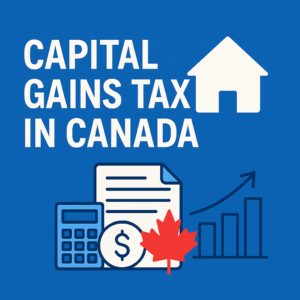National Bank has raised concerns about the Bank of Canada’s evaluation of inflation, suggesting flaws in its methodology that may lead to overly restrictive monetary policies.
Economists Matthieu Arseneau and Alexandra Ducharme from National Bank Financial assert that the official data underplays the progress the Bank of Canada has made in controlling inflation. They argue that this could result in the central bank applying unnecessarily stringent monetary policies.
In their analysis, they highlight the Bank of Canada’s favoured measures of core inflation, CPI-trim and CPI-median, as flawed due to their inclusion of volatile elements such as sharp increases in interest costs and rents. They claim that these elements still influence these measures despite attempts to exclude them.
Bank of Canada Governor Tiff Macklem, however, defended the central bank’s approach in a March 6 speech, emphasizing that underlying inflationary pressures persist even after excluding the most volatile components. He noted that core inflation measures, such as CPI-trim and CPI-median, are still running over 3%.
Disagreeing with Macklem, the NBF economists argue that rents and mortgage interest costs significantly impact these core measures, occupying a considerable weight in the overall calculation. They contend that these costs indirectly contribute to inflation, challenging the Governor’s assertion.
Advocating for CPI-X
National Bank highlights headline inflation at 2.9% in March, with mortgage interest costs being a significant contributor. They argue that excluding these costs would reduce overall inflation, suggesting that the current calculation method may overstate inflationary pressures.
They propose CPI-X as an alternative measure, differing from current methods like CPI-trim and CPI-median. While these methods also aim to gauge underlying inflation by excluding extreme values, CPI-X specifically excludes predetermined items or sectors known for volatile price movements.
The economists point to Sweden’s central bank, which excludes mortgage interest costs from inflation calculations to prevent direct interference with targeted inflation measures. They also note that the Bank of Canada previously used CPIX3, which excluded mortgage interest costs along with other volatile categories, as its preferred core inflation measure before 2016.
Arguing for Change
National Bank suggests reinstating CPIX as a key measure of core inflation, arguing that it provides a more accurate assessment of underlying inflation trends. They believe that adopting this measure would better guide policymakers in addressing the current inflationary environment.
In conclusion, the National Bank raises valid concerns about the Bank of Canada’s inflation assessment and proposes alternative measures to ensure more accurate monetary policy decisions.
















